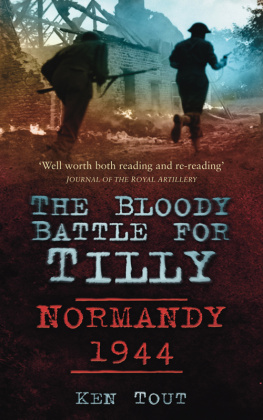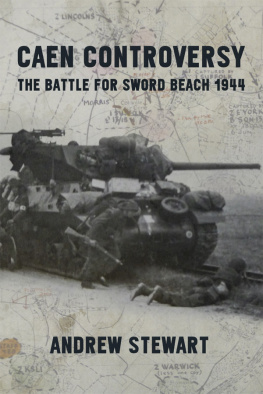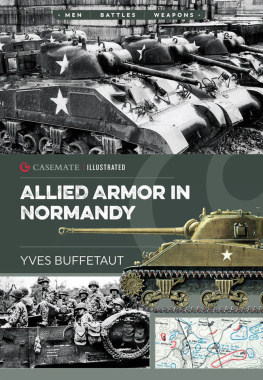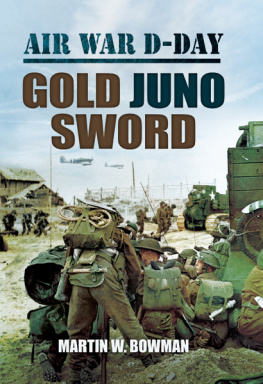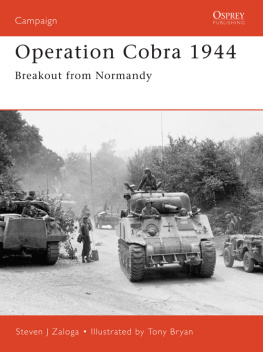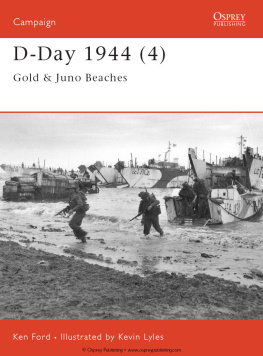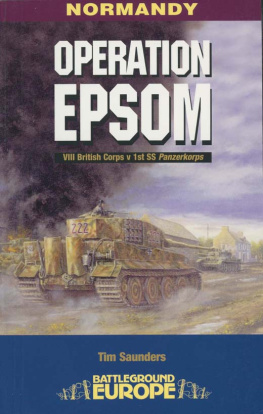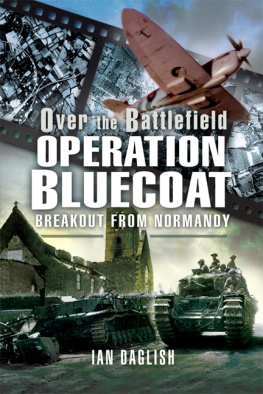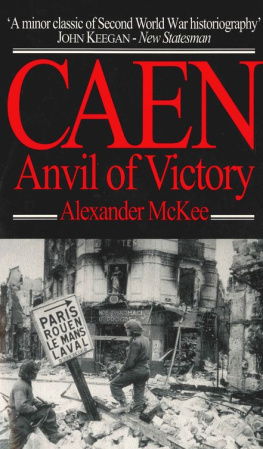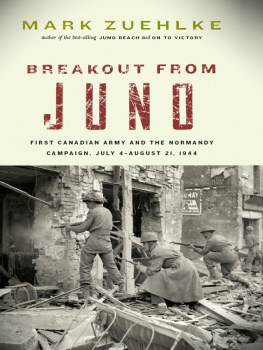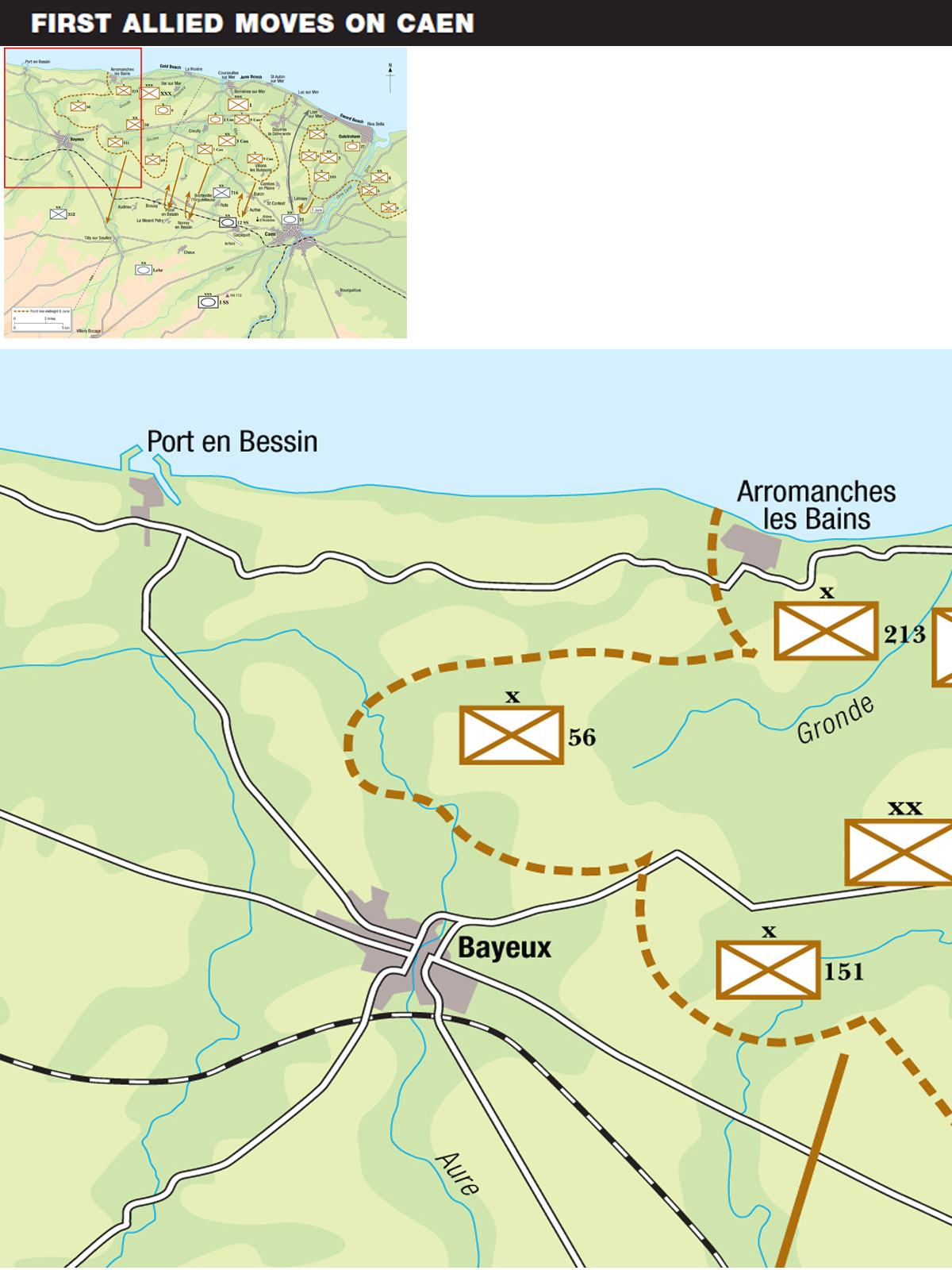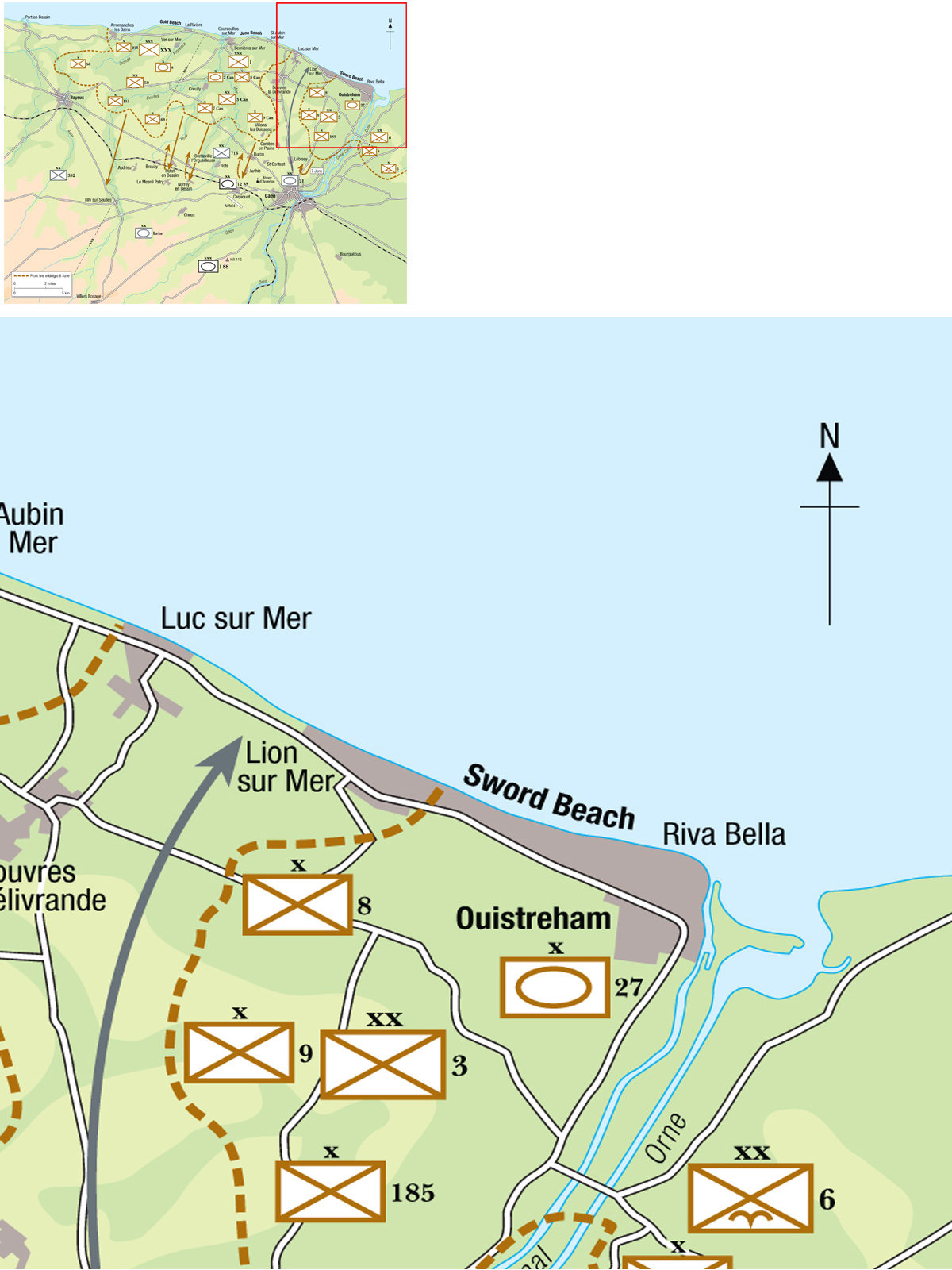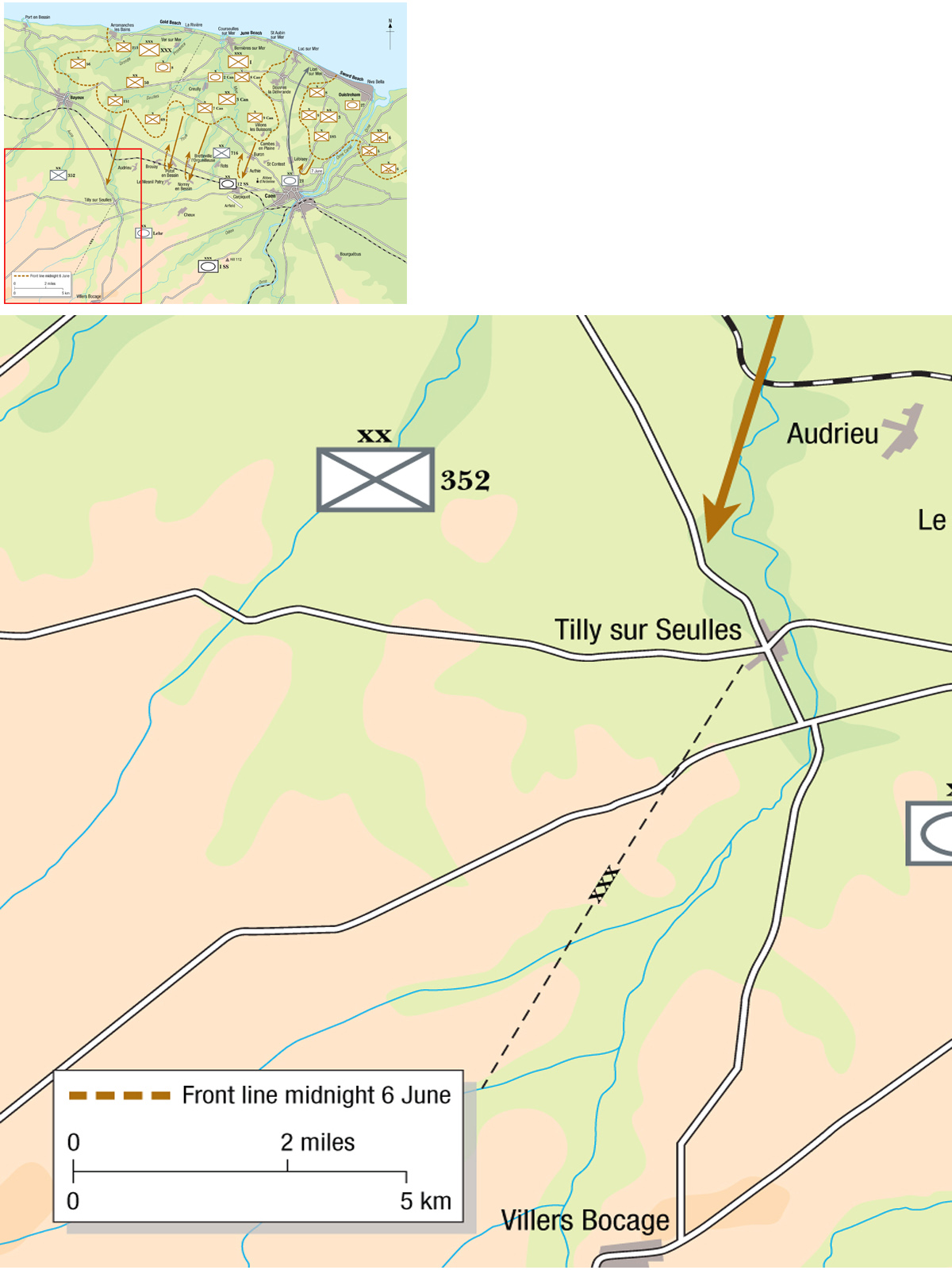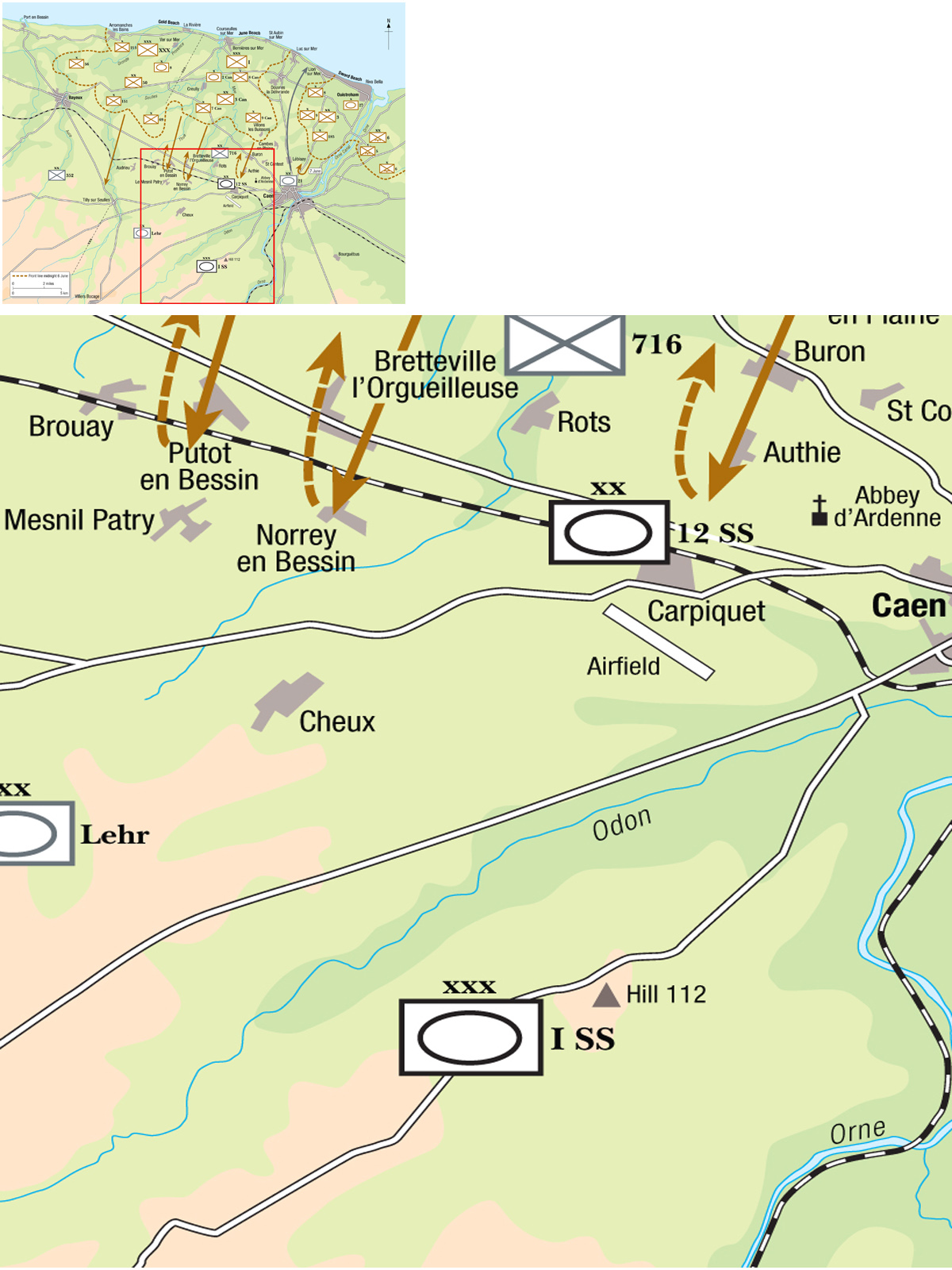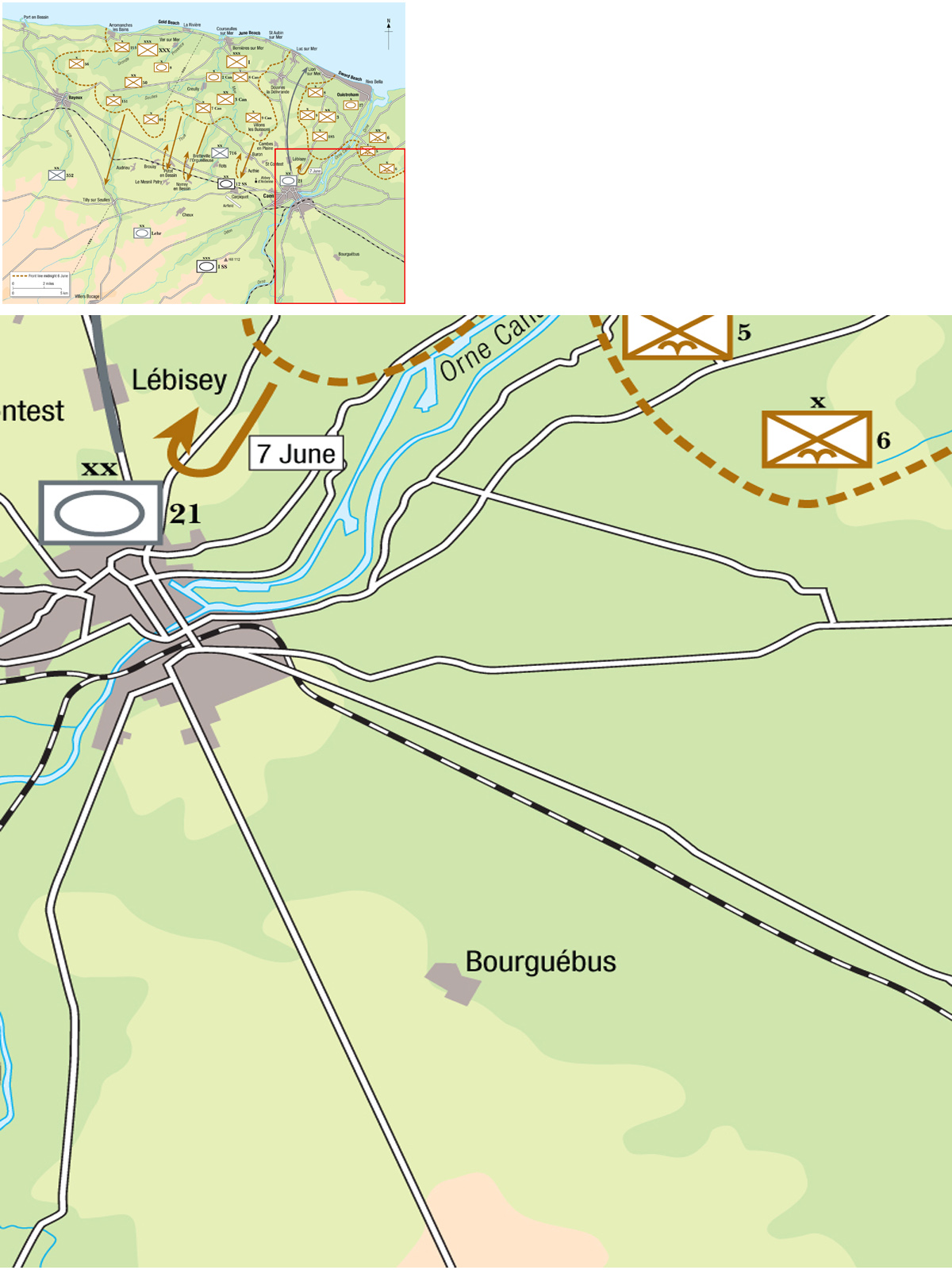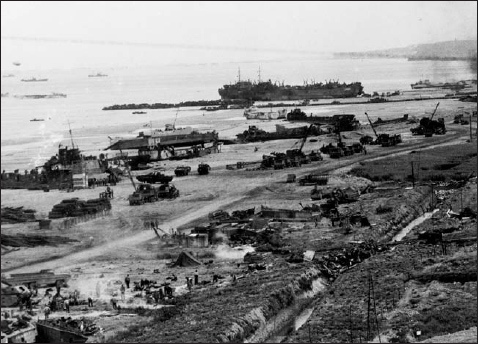Campaign 143
Caen 1944
Montgomerys break-out attempt
Ken Ford Illustrated by Peter Dennis
Series editor Lee Johnson Consultant editor David G Chandler
CONTENTS
ORIGINS OF THE BATTLE
O n 7 April 1944, General Bernard Montgomery, Commander 21st Army Group, briefed all the senior commanders involved in the forthcoming landings in France on the final shape of the invasion plan. Operation Overlord, as the invasion was called, proposed that two Allied armies be landed on the coast of Normandy between the mouth of the River Orne and the base of the Cotentin Peninsula to establish a lodgement from which future operations inland would develop. Montgomery went on to explain how the build-up of troops and equipment would progress and how the growing forces would be used, outlining proposals for the expansion of the beachhead and the preparations required to resist the inevitable German counterattacks. One of the keys to the success of his plans, he told them, was the early capture of the city of Caen and its vital road and rail communications.
Caen is situated astride the River Orne 12 kilometres (7.46 miles) inland from the coast and is linked to the sea by the river and a ship canal. In 1944 it was the regional capital of Calvados, surrounded by rich undulating farmland. It also had a large industrial area on the outskirts of the city on the eastern side of the Orne that was dominated by the giant steelworks at Colombelles. Radiating from Caen was a network of road and rail lines leading west towards the Cotentin peninsula and Brittany, east towards Le Havre and the River Seine and inland to the interior of France. This nexus of road and rail links was vital to Allied plans for the drive inland from the beaches.
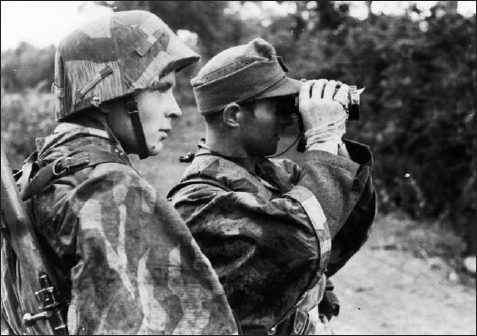
Panzergrenadiers of Battlegroup von Luck from 21st Panzer Division, on the southern outskirts of Caen just before the start of Operation Goodwood. Oberst von Luck was commander of 125th Panzergrenadier Regiment of the division and had formed this battlegroup from the depleted members of his regiment who had been in almost daily contact with the Allies since D-Day. (Bundesarchiv 1011/722/0405/04)
One of the D-Day beaches given over to the landing of stores after the assault. Most of the stores and equipment used by the Allies in the battle for Normandy were landed over open beaches. These supplies still continued to come ashore here even when the Allies had broken out of the region and were almost at the German border. (IWM CL 537)
The early capture of the city was one of the prime objectives of the British troops who landed on D-Day. British 3rd Division, commanded by Major-General Rennie, made an assault landing over Sword Beach on 6 June 1944 to herald the start of the invasion. The division was reinforced by the tanks of 27th Armoured Brigade and was ordered to drive on Caen and capture it with all speed, with its right flank protected by Canadian 3rd Division landing on the adjacent Juno Beach. Montgomery wanted Caens bridges over the Orne in the centre of the city to be in British hands by the end of the day. In the event, British 3rd Division could get no closer than seven kilometres to those bridges on D-Day. The division lacked the drive needed to make such a bold move and a German counterattack by 21st Panzer Division forced it to dig into positions north of the city where it remained for the next four weeks.
With hindsight, the expectation that a single division could capture Caen on D-Day was perhaps overambitious, especially with a German Panzer division located just to the south of the city within a few hours march of the sea. The capture of Caen quickly became an even more difficult proposition when the first German armoured reinforcements to be moved against the landings were put into the line around Caen. The arrival of the 12th SS-Panzer Division Hitlerjugend and the elite Panzer Lehr Division, both well-equipped and with excellent morale, just two days after the Allied landings ensured that the British and Canadians faced a bitter struggle for control of the city.
Both sides considered the possession of Caen to be the cornerstone of their strategy in Normandy. To Montgomery, the capture of the city was a prerequisite for his advance onto the open plain to the south where he could deploy his armoured divisions to force a breakthrough towards Paris and the south-east. This was his original plan, outlined before the invasion, which he modified as his forces struggled unsuccessfully, week after week, to seize the city. He subsequently adapted his strategy, suggesting that he continue to batter at Caen, threatening a breakthrough and all the while drawing more of the German armour onto his front, ultimately allowing the Americans to effect a breakthrough further to the west against less formidable German forces.
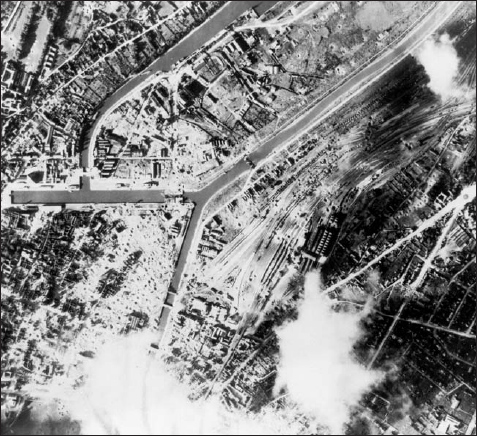
An aerial view of the centre of Caen showing the River Orne running through the city from bottom to top. The Caen canal and its lock gates are in the top left of the picture. Evidence of the early bombing can be seen near the river at lower left, but all three bridges are still intact. (National Archives of Canada C104861)
Montgomery launched a number of discrete operations aimed at capturing Caen. The first attempt to take the city was nothing more sophisticated than a headlong dash from the beaches. When this failed he tried sending an armoured division in a wide encircling movement around to the south of the city to cut its communications and supply lines to the interior. This move was combined with another more direct thrust by the Highland Division out of the original 6th Airborne Division bridgehead east of the Orne. Both failed well short of their objectives. Montgomery tried again with a full corps in a set piece attack to push behind the city from the west with no greater success. The next operation attempted to bludgeon its way directly into the city centre along the shortest route with three infantry divisions, supported by the full weight of RAF Bomber Command. Caen was reduced to rubble in the operation and although the centre of the city was secured, the key objective, the bridges across the River Orne, remained beyond reach. It took three armoured divisions, three infantry divisions and several independent armoured brigades, together with the heavy, medium and fighter-bombers of the RAF and the USAAF, in the largest of all the Caen-related operations to finally capture the entire city. British forces swept around the eastern side of Caen and the Canadians encircled it from the west, eventually squeezing German forces from the city completely, opening the roads to the south-west. Caen was a Pyrrhic victory, however, with the city left a shattered wasteland of smoking rubble and the enemys Panzer forces still gathered in strength to the south, barring Montgomerys way onto the Falaise plain.
Next page


